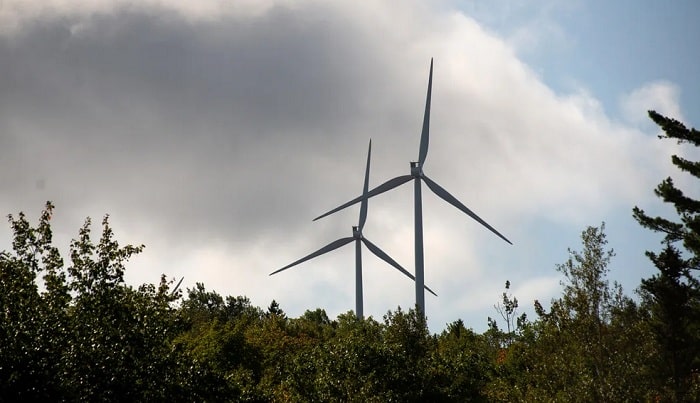It’s no secret that the climate change crisis is well and truly upon us. After the many recent global conversations on this topic at COP26, it’s clear that there’s action to be taken to help us take control of this once and for all.
One way we can do this is by switching from non-renewable energy sources to renewable energy sources, such as wind energy.
But what is wind energy and how exactly does it work?
In this article, we delve a little deeper into the world of climate change and what positive impact wind energy can have on the environment.
Renewable vs Non-renewable energy
When it comes to reversing the damages of climate change, you may often hear people refer to renewable energy and non-renewable energy. If you can’t quite cast your mind back to those all-important physics lessons in school – don’t worry, you’re not alone.
Here is a quick reminder of what each entail:
Non-renewable energy – in a nutshell, this is a group of resources that, once used up, can’t be replaced. This is a huge problem for us globally as we still currently depend on many non-renewable energy sources to live our lives to this day.
These include crude oil, natural gas, coal, and nuclear energy.
Renewable energy – as its name suggests, these are natural energy resources that can be reused, time and time again. It is for these reasons that we must make a concerted effort to switch to renewable energy, as they aren’t harmful to the environment.
These include solar energy, wind energy, geothermal energy, biomass from plants, and Hydroelectric energy.
As wind energy is one of our renewable energy sources, it can play a valuable part in powering our planet in a safer, greener way.
How does wind energy work?
Wind energy is a fast solution to a clean way of powering our homes. It essentially works in a similar way to an ordinary fan, by use of huge wind turbines. Wind propels the large blades that then spin a generator, creating electricity.
How are wind speed and direction measured?
Wind is measured using a special tool, known as an anemometer. It is measured in nautical miles per hour, or knots. One knot = approximately 1.15 mph. Anemometers report where the wind is blowing from and always start from True North. Wind direction is typically reported in degrees and describes the direction which the wind emanates from. A direction of 0 degrees is always North on a compass. Each direction has a baseline to work to; East winds = 90 degrees, West winds = 270 degrees, and South winds = 180 degrees.
An anemometer can successfully measure the speed, direction, and strength of any gust of wind.
Why is wind speed and direction important?
Wind speed is essentially how fast the air is moving past a certain point. Being able to measure this helps weather forecasters to inform people of when to expect any sudden strong gusts or storms.
These predictions can help to form weather patterns and our overall global climate. According to reports from Environmental Monitor, “Wind speed and direction have numerous impacts on surface water. These parameters affect rates of evaporation, mixing of surface waters, and the development of seiches and storm surges.”





































